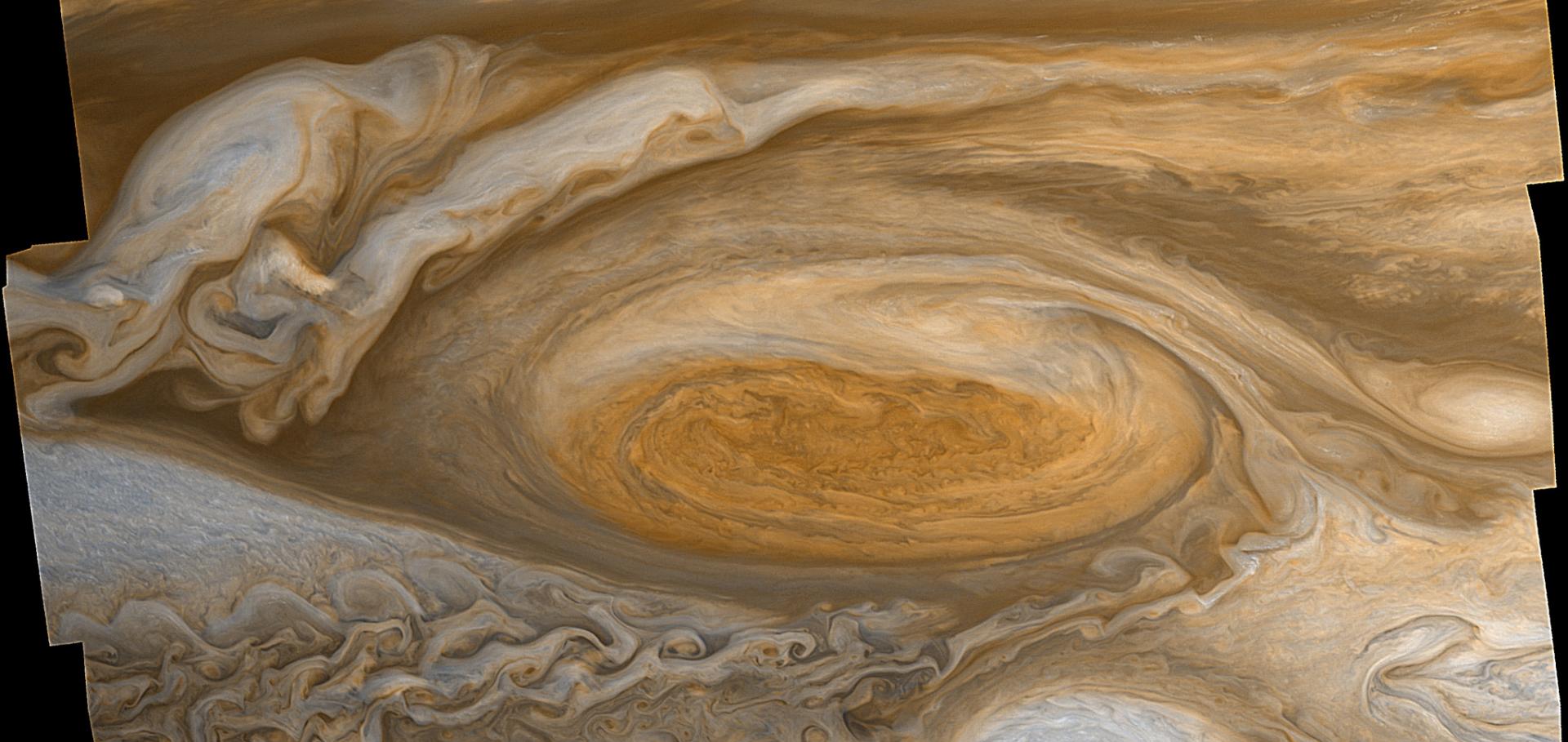Storm-clouds brooding on towering heights
Nature Springer Nature 475:7354 (2011) 44-45
Thermal structure and dynamics of Saturn's northern springtime disturbance.
Science 332:6036 (2011) 1413-1417
Abstract:
Saturn's slow seasonal evolution was disrupted in 2010-2011 by the eruption of a bright storm in its northern spring hemisphere. Thermal infrared spectroscopy showed that within a month, the resulting planetary-scale disturbance had generated intense perturbations of atmospheric temperatures, winds, and composition between 20° and 50°N over an entire hemisphere (140,000 kilometers). The tropospheric storm cell produced effects that penetrated hundreds of kilometers into Saturn's stratosphere (to the 1-millibar region). Stratospheric subsidence at the edges of the disturbance produced "beacons" of infrared emission and longitudinal temperature contrasts of 16 kelvin. The disturbance substantially altered atmospheric circulation, transporting material vertically over great distances, modifying stratospheric zonal jets, exciting wave activity and turbulence, and generating a new cold anticyclonic oval in the center of the disturbance at 41°N.A laboratory study of global-scale wave interactions in baroclinic flow with topography I: multiple flow regimes
GEOPHYSICAL AND ASTROPHYSICAL FLUID DYNAMICS 105:2-3 (2011) PII 934802668
Corrigendum to "Breeding and predictability in the baroclinic rotating annulus using a perfect model" published in Nonlin. Processes Geophys., 15, 469–487, 2008
Nonlin. Proc. Geophys. Copernicus Publications 18 (2011) 359-359


